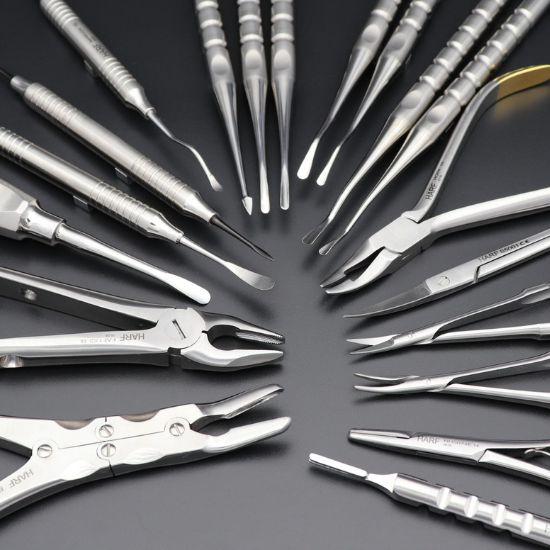Classification of Dental Instruments
In the intricate world of dentistry, the efficiency and precision of procedures heavily rely on the proper utilization of dental instruments. Understanding the classification of these instruments is pivotal for dental professionals to streamline workflows and optimize patient care.
Dental instruments are classified based on their function, design, and the procedures they support. Common categories include diagnostic instruments, operative instruments, periodontal instruments, endodontic instruments, and surgical instruments. Each category encompasses a range of tools tailored to specific tasks, from diagnosis and treatment to surgery and beyond.
Diagnostic instruments aid in the examination and diagnosis of oral conditions, including mirrors, probes, and explorers. Operative instruments facilitate procedures such as tooth preparation and restoration, with items like handpieces, excavators, and composite instruments. Periodontal instruments address gum health and include scalers, curettes, and probes. Endodontic instruments cater to root canal treatment, featuring files, reamers, and obturators. Surgical instruments cover a broad spectrum of tools necessary for oral surgery, including forceps, elevators, and retractors.
By categorizing dental instruments, dental professionals can efficiently select the appropriate tools for each procedure, ensuring precision and effectiveness. Moreover, understanding instrument classification enhances communication and collaboration among dental team members, promoting seamless workflows and comprehensive patient care.
In conclusion, the classification of dental instruments serves as a cornerstone of efficient and precise dental practice. Through a clear understanding of instrument categories and their respective functions, dental professionals can elevate the quality of care they provide, ultimately leading to improved patient outcomes and satisfaction.


No comments yet